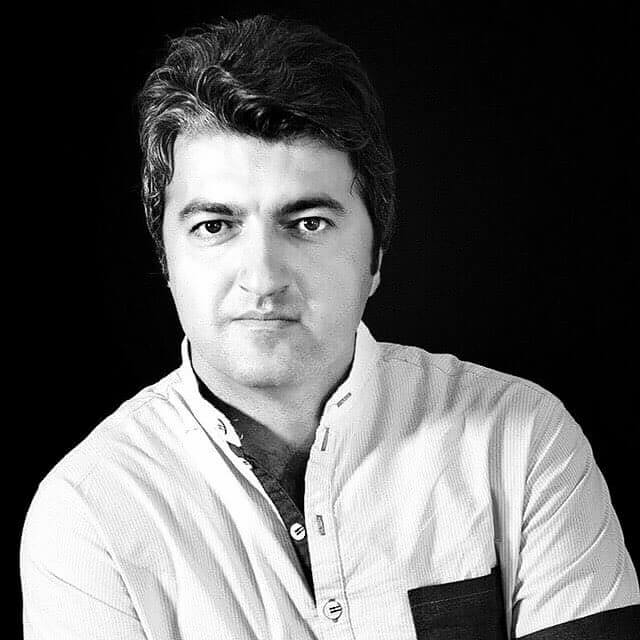In our family culture, the tree is a symbol of life." Nature photographer Ali Shokri grew up in Iran. It was in his beautiful home country that he would begin to develop his passion and love for nature – more so, trees. Years later, his passion would become the centerpoint of his life's ambitions. For the last 16 years, Shokri has been photographing trees. His mission? To show everyone how important and beautiful they are to the world. His body of work has since been turned into a photo book, The Passion of Trees. Showing his collection of images and highlighting his message, Shokri spoke to us about a topic he holds tightly close to his heart.
Statement
"To me, each tree, like a human being, has a tale to tell," Shokri says. "When a tree dies, a whole story is interrupted, a destiny is altered for the worse. I feel as if the trees, bundled at the back of trucks, are cursing us with their broken hands, wounded faces, and severed roots.
"Perhaps this is how we are led towards damnation, little by little stripped of our humanity, when man's 'abounding foliage moistened with the dew' is reduced to ash and smoke."
The nature is a mirror to show us what is going inside us. Why we cant be kind with the nature and the lungs of the earth- trees-? Yes, the lungs of the earth. How we can damage her lungs. As an artist, I beilive that the art brings us responsibility and introducing the lungs of the earth is my responsibility.
I know I can't save our trees with my photographs," Shokri says. "I can't restore Nature to her imperious verdure, yet I try to capture the lonesomeness and exile of the trees and encourage the viewers to look at nature with a different gaze, to remember that in the absence of trees the birds are homeless and there's no air to breathe, to remember that if there are no trees humanity has already vanished..."
Selected Books on

